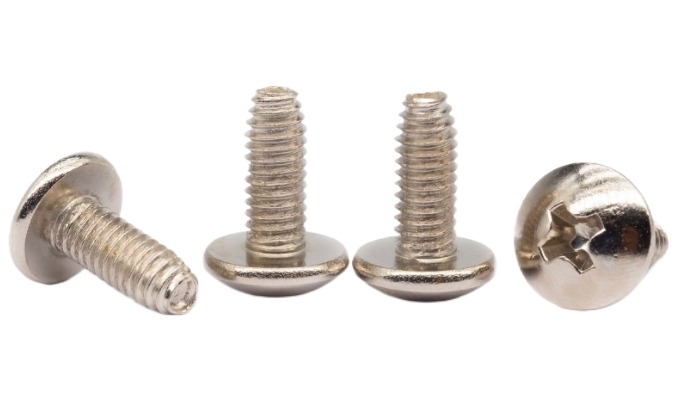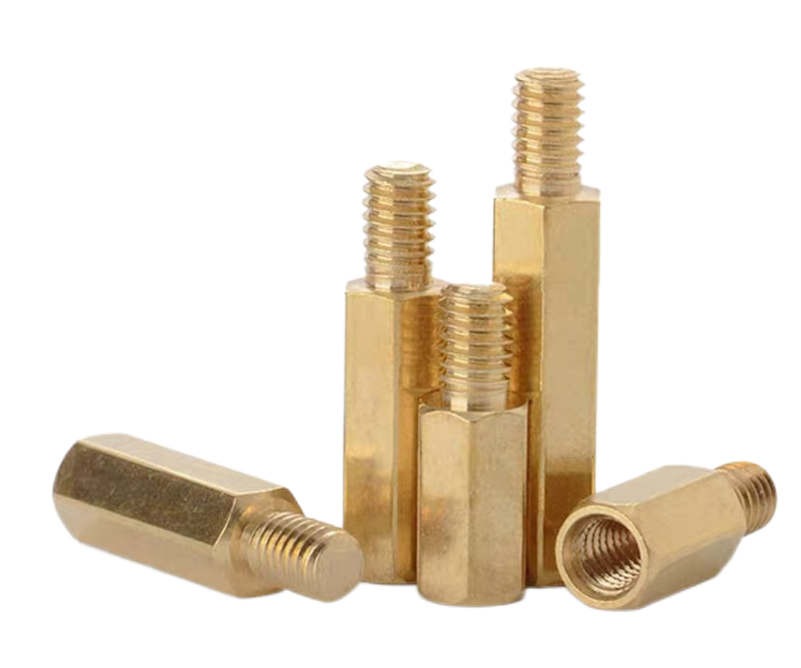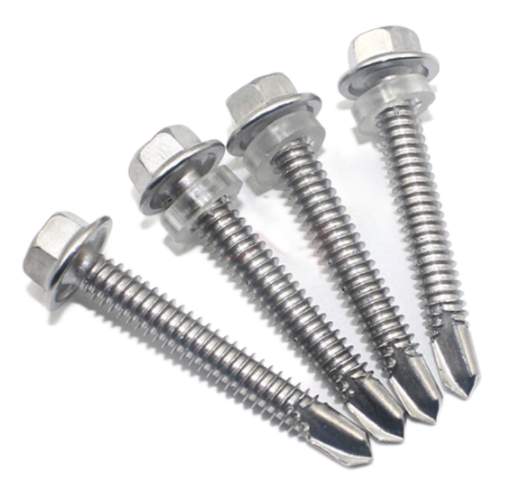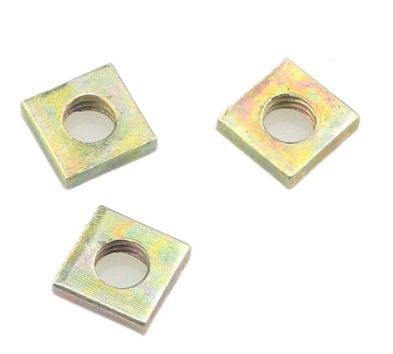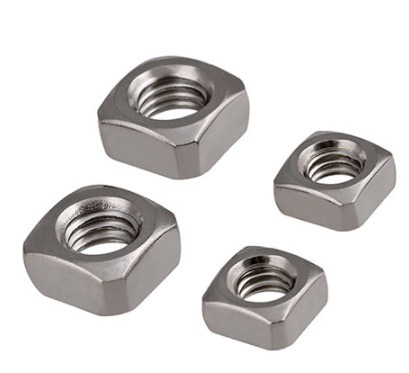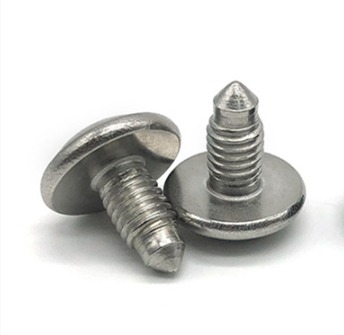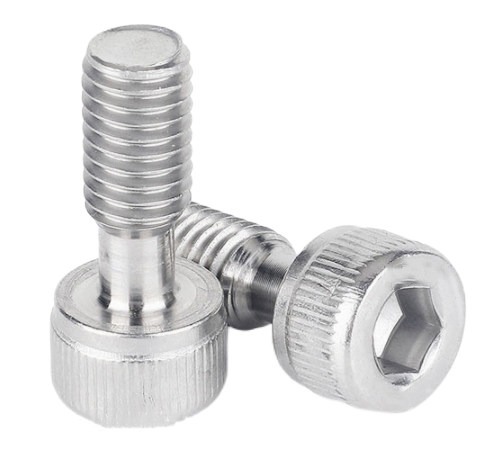What Is The Acceptance Procedure For Damaged Threads?
During routine inspection of threads, the general thread gauge cannot pass freely after surface coating treatment due to defects such as bumping on the surface of threads, such as electroplating and dacromet treatment, and butterfly threads cannot pass normally.
Sometimes, the ring gauge can pass only after a certain amount of screwing torque is applied. This is a dispute between trade parties.
The quality of one more thread inspection is in DIN267-19, ISO61573 GBT57793 and other standards “Special Requirements for Bolts, Pins and Columns with Surface Defects of Fasteners” have all specified the regulations on the torque value of damage grain inspection, which were first issued by IFI Fastener Industry Association in 2005.
In 2007, the standard of 1HI-166 Inspection Procedures for Damaged Lines was revised, and the inspection rules and judgment procedures for damaged lines were further clarified.
35.7.1. Scope of application.
The standard is applicable to residual steel, alloy steel and non-ferrous metals. The metric system of bolts, butterfly screws and studs with diameters of MB-M39, 10 #~114 and the American standard UNC, UNF 6g, 6h: 2A, 3A and the pre plating 2A, 6g threads, The inspection and judgment procedures for the acceptability of the grain caused by the impact of the grain surface debris are also applicable to the inspection of the coated mound grain. When using the ring gauge to inspect the externally threaded fasteners, it is allowed to apply a certain torque
35.7.2. Define the size and assembly function of the grain caused or weakened by the damage grain – the tooth side of the grain or the surface defect of the tooth type of the grain. Receiving torque – 3A (6g before plating according to ISO61,573 and DIN267-19 standards) The torque value allowed by the go end ring gauge (GO) screwing is applicable to the product, which refers to the specification of external thread fasteners for general purposes. The go end ring gauge is calibrated with 3A, and the go end ring gauge (GO) is used to inspect the external thread fasteners.
35.7.3. Receiving inspection procedures.
Apply a thin layer of lubricating oil on the 2A before plating or the groove part of the coated fasteners, and screw in the groove with 3AGO go end ring gauge, The specified torque value shall be applied to the butterfly ring gauge, and a thin layer of lubricating oil shall be applied to the full length of the product grain, 6g before the metric plating or the ridge area of the fastener with coating h, and 6g before the plating Or use 6hGO through end thread ring gauge to screw in the thread with coating, and apply the specified torque value on the thread ring gauge, which should be able to pass the full length of the product thread.
A)Apply the torque wrench to the ring gauge for inspection

B)Check the torque value indicated by the torque wrench

See Table for the maximum allowable torque value of American standard and metric straight end thread ring gauge.
| Allowable maximum torque value of thread ring gauge acting on 3A and 6h pass end | |||
| American standard British thread | Metric thread | ||
| Thread size | Torque In. ib | Thread size | Torque N. m |
| 1/4 | 2.5 | M6 | 0.22 |
| 5/16 | 4.5 | M8 | 0.51 |
| 3/8 | 7.5 | M10 | 1 |
| 7/16 | 12 | VI12 | 1.7 |
| 1/2 | 18 | M14 | 2.7 |
| 5/8 | 35.5 | M16 | 4.1 |
| 1 | 145 | M18 | 5.8 |
| 11/4 | 283 | M30 | 27 |
| Note: The torque value of metric system is taken from Table 1 of DIN 267/19 and ISO 6157/3 Fasteners – Delivery Techniques- Bolts and Screws – Surface Defects |
KENENG can produce many kinds of fasteners. For more information, please contact us.

